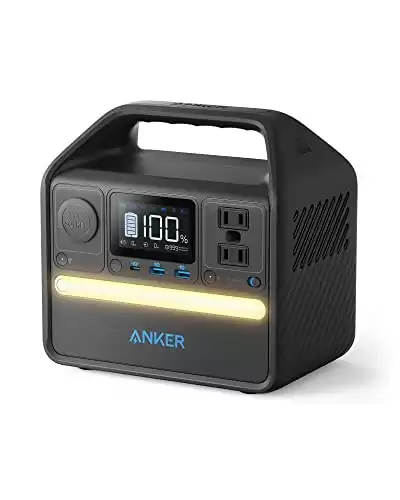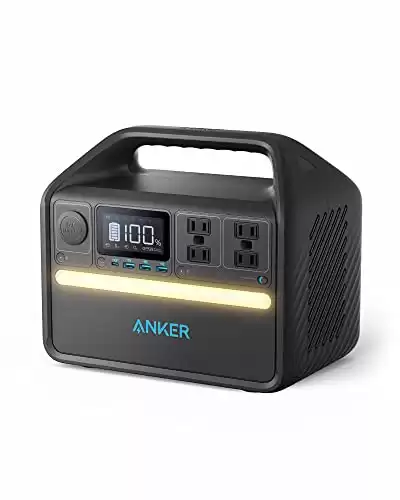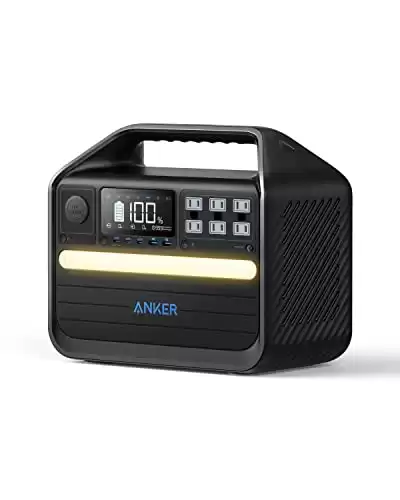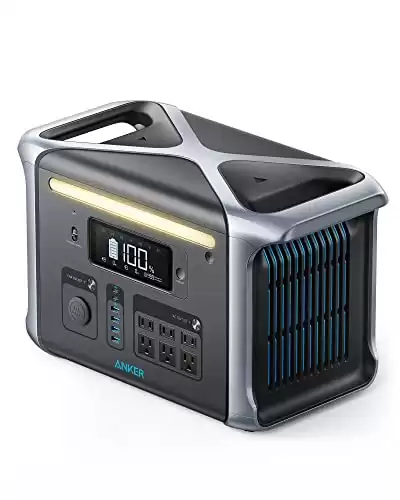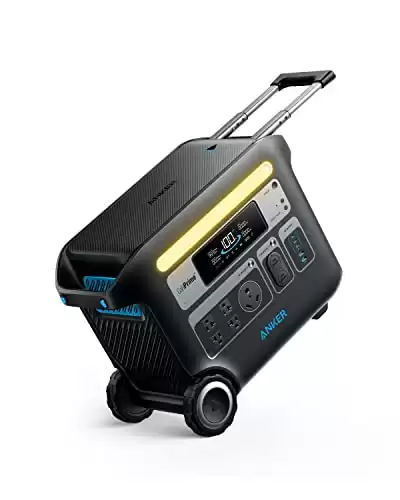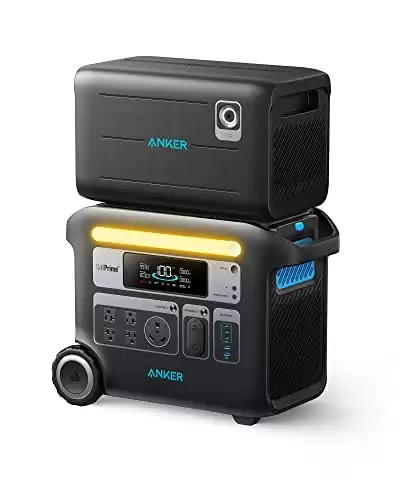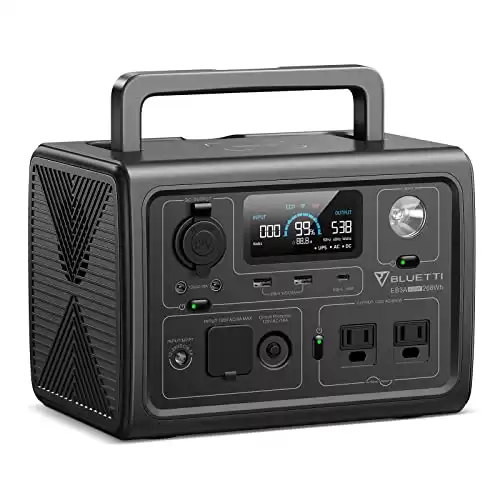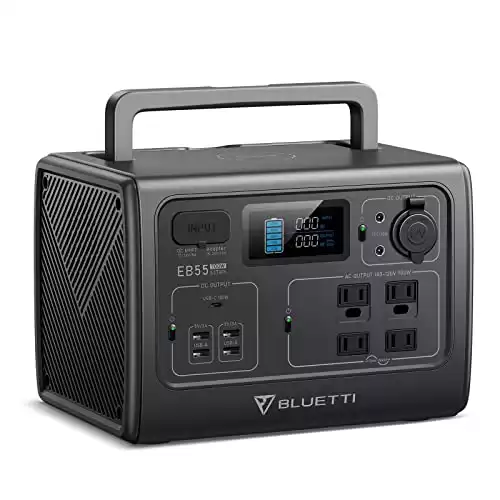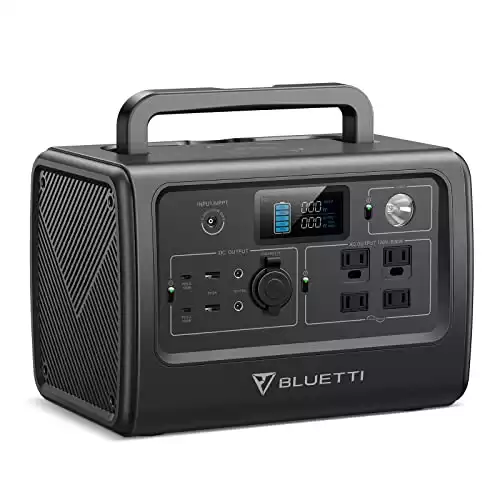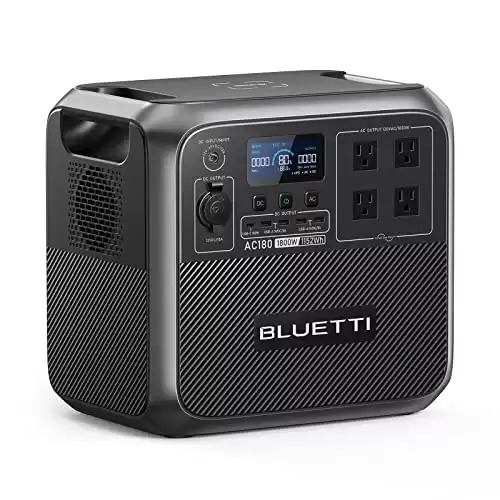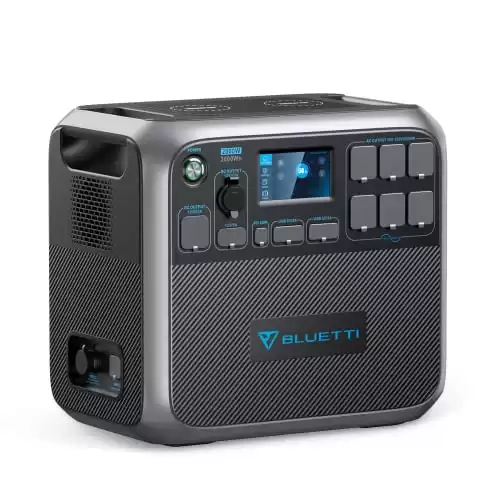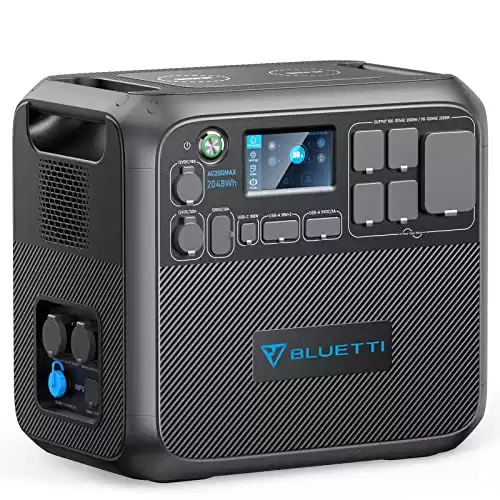EcoFlow is one of the most popular brands of power stations.
However, EcoFlow is not for everyone. All it takes is reading one or two reviews to spook you out of a decision or second guess it.
So, if you’ve decided EcoFlow isn’t the best option, OR you want to see what else is comparable, you’ve come to the right place.
Because EcoFlow uses LiFePO4 in their most popular power stations, I have limited this list to LiFePO4 power stations.
EcoFlow Alternatives: Exploring Your Power Station Options
Anker and Bluetti are the best EcoFlow alternatives. They have both been in the game for a while, both have tens of thousands of units being reviewed and have decent customer service, from my experience.
Related: The Best Portable Power Stations of 2023
EcoFlow Alternative: Anker Power Stations
Anker and EcoFlow both have a 5-year warranty and have similar specs. Here are the options.
- Great power station for 1 or 2 people on a casual weekend trip.
- Best for family weekend trips
- This is the size I use (with 2x 100W solar panels) for working off the grid.
- Powers 90% of appliances (1800W output)
- Expandable to 3000W with extra battery
- Great for home backup, can run a fridge and other large appliances
- Best for emergency backup and major natural disasters
- Can also be used for RV
- Some use it for a food truck
Bluetti as an Alternative to EcoFlow Power Stations
Bluetti currently has a 4 year warranty compared to EcoFlow’s 5 year warranty.
Below are Bluetti’s power stations that compare to EcoFlow:
- A bit pricey for the size
- Great for powering a weekend trip for couples
- Great option for family weekend trips
- Better value compared to the Bluetti EB3A (268Wh)
- Great power station for powering larger gear like drones, cameras, laptops, etc.
- This is the size I use (with 2x 100W solar panels) for working off the grid for weeks at a time
- Expandable to 8912Wh
- Best for emergency backup and major natural disasters
EcoFlow Batteries vs Jackery
Jackery is one of the most popular power stations and is a great alternative to EcoFlow in certain circumstances.
However, Jackery does not use the same battery chemistry as the others listed above.
Battery Type: LFP (LiFePO4) vs NMC
One of the most important aspects to consider when choosing a power stations is the battery chemistry being used.
There are two types found in the popular brands. LFP (LiFEPO4) and NMC.
In short, LFP will provide a longer useful product life (6X longer) while being heavier than a comparable NMC battery.
Jackery currently only has the Jackery 2000 Plus using LFP.
Jackery’s batteries are measured by how many cycles it goes to get to 80% battery capacity from degradation. It takes roughly 500 charges and will continue decreasing after that (as of May 2023, looks like they upped it to 1000 charges).
EcoFlow should be able to get 3000 recharge cycles before it reaches 80% of the battery capacity degradation (EcoFlow states 6500 to 50%).
One potential drawback of LFP batteries is their increased weight because of the components they contain (for example, an EcoFlow unit will be heavier than a Jackery one). However, this is generally not a concern, as these devices are rarely transported over long distances.
If you’re not looking for an LiFePO4 battery, then Jackery is a great alternative to EcoFlow.
